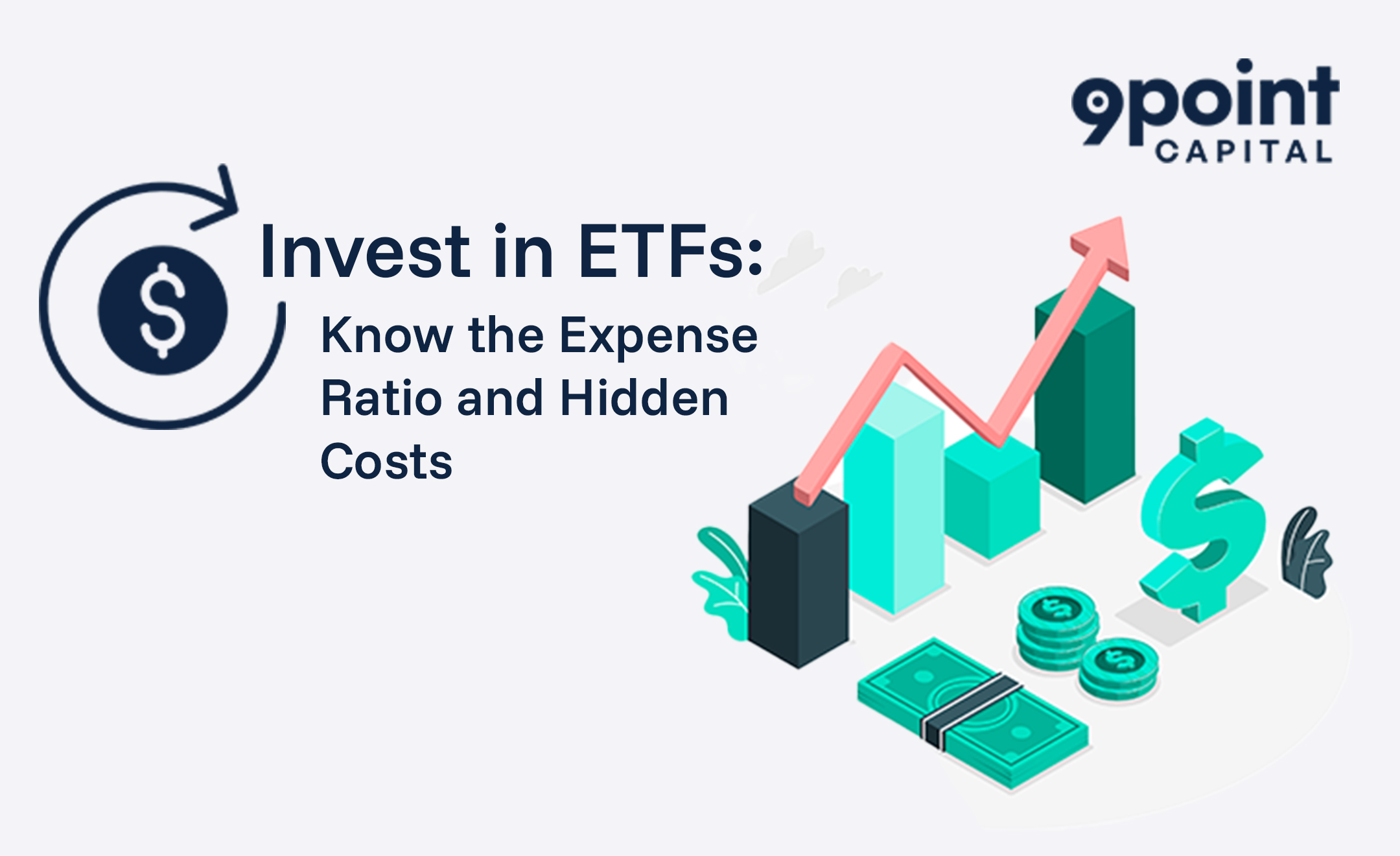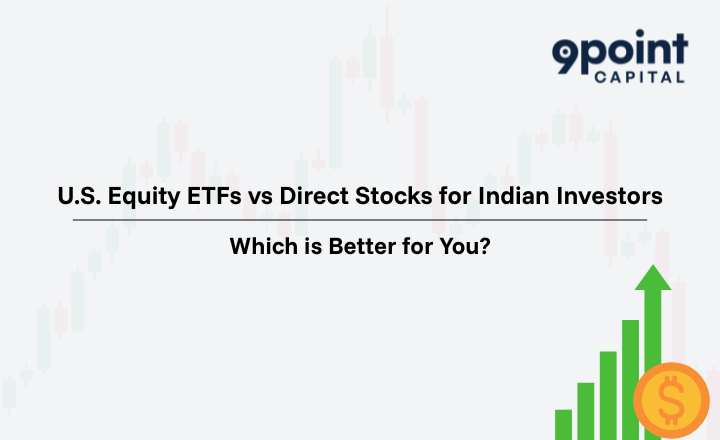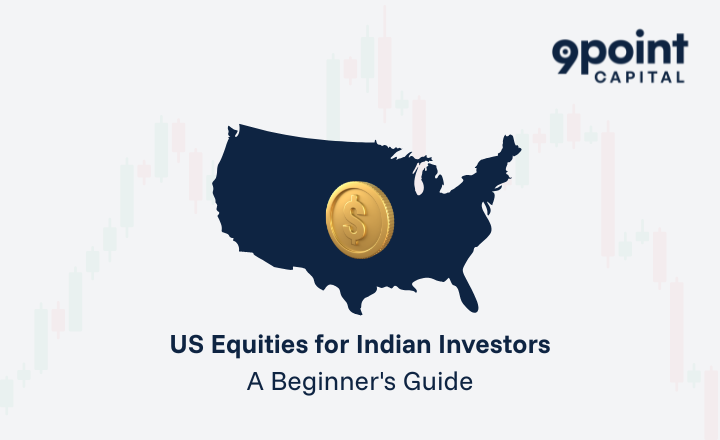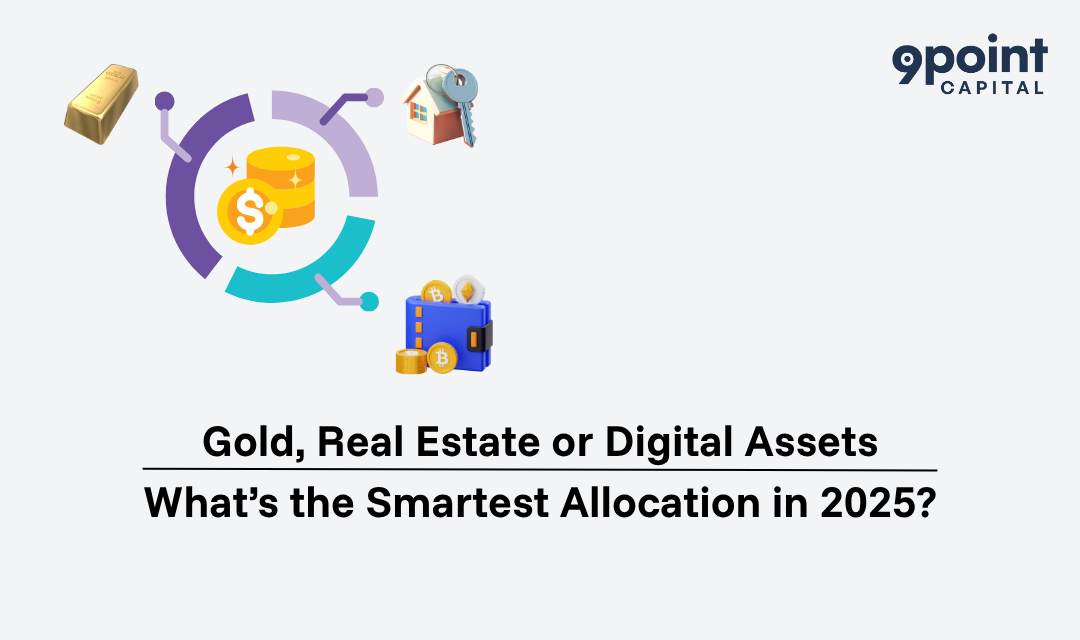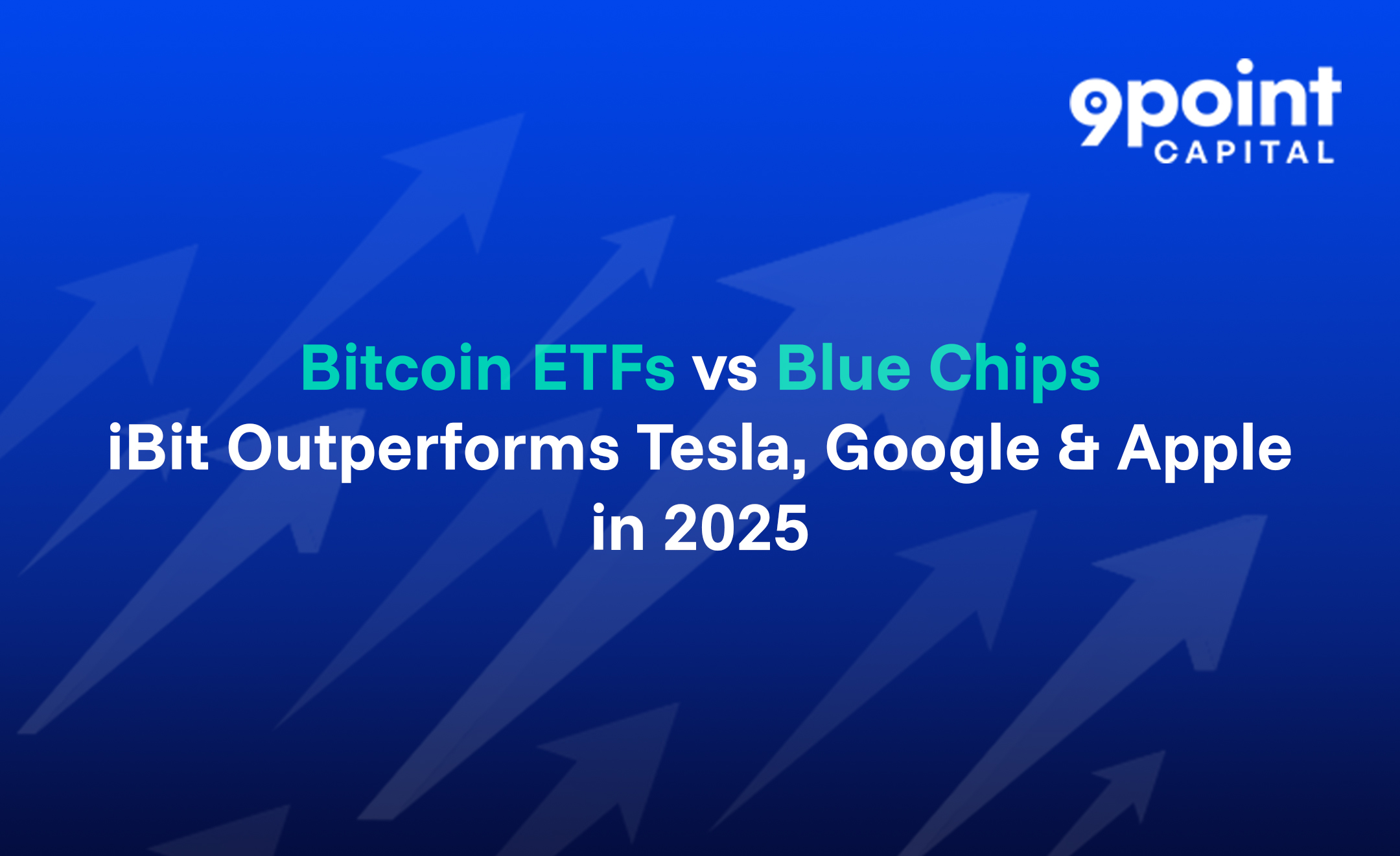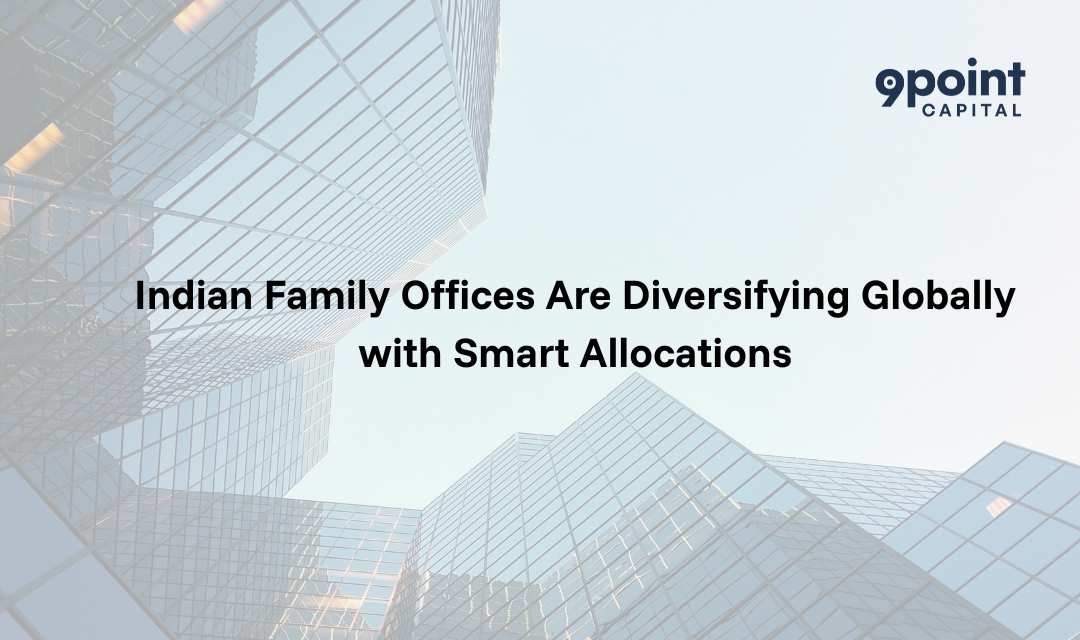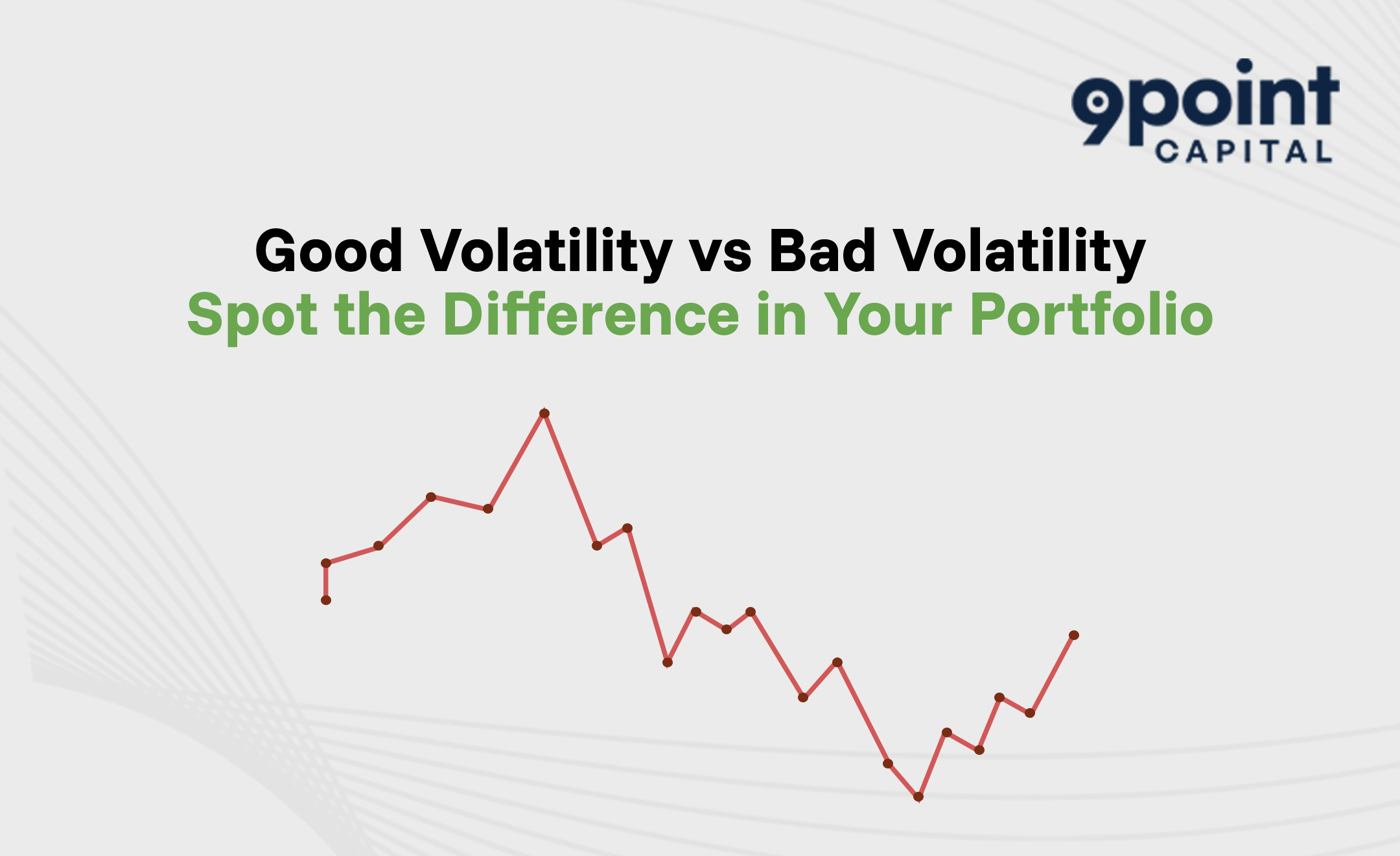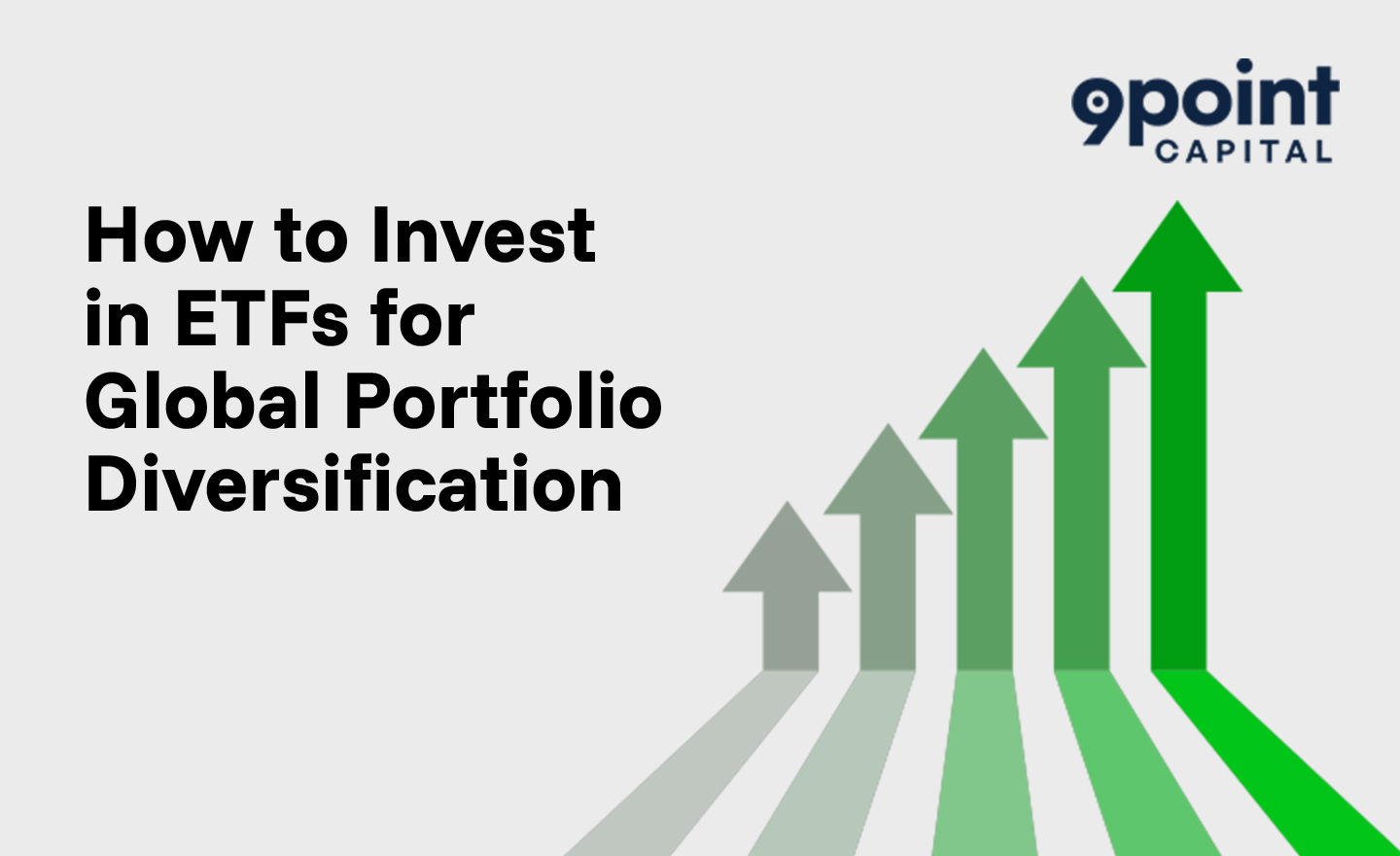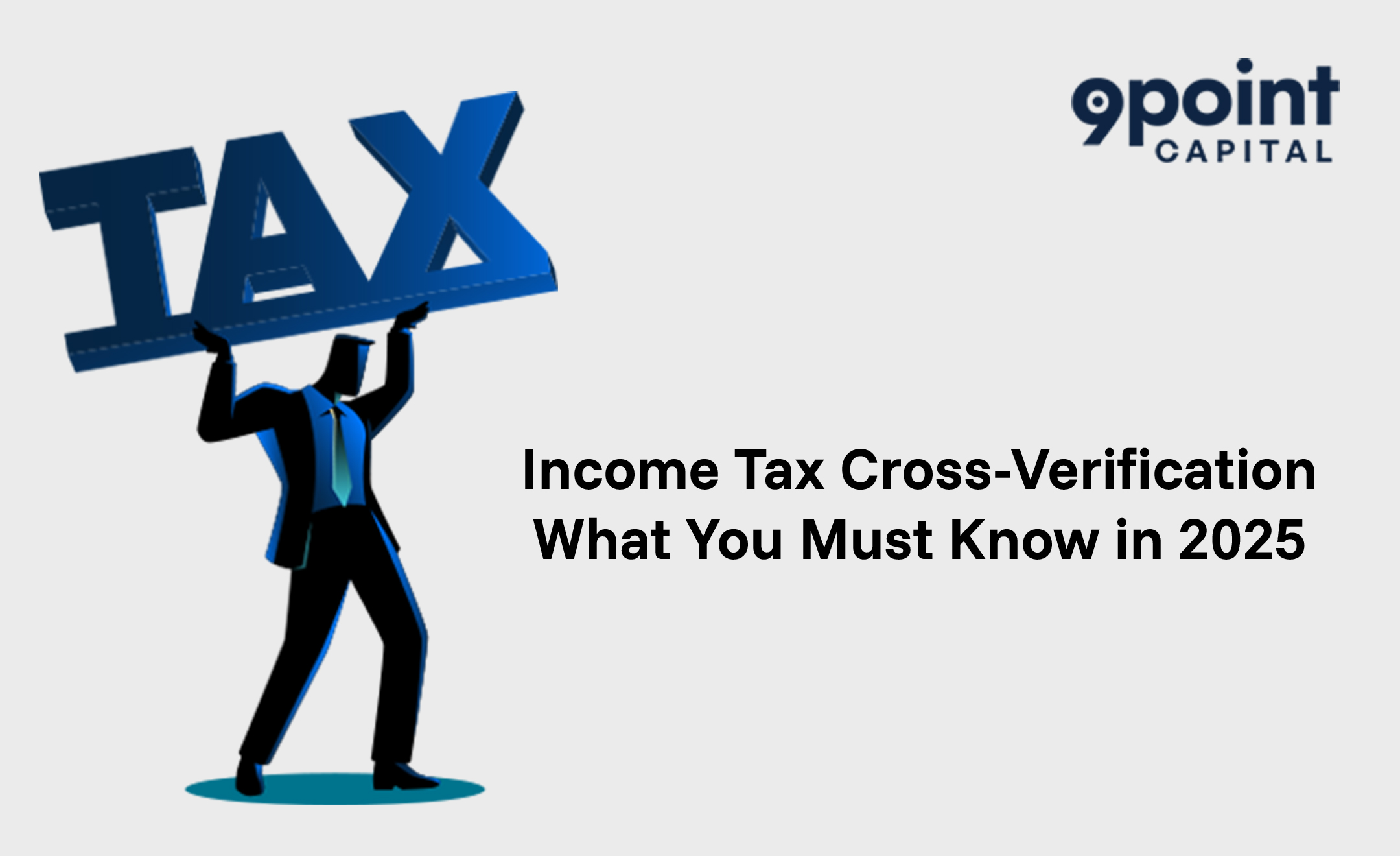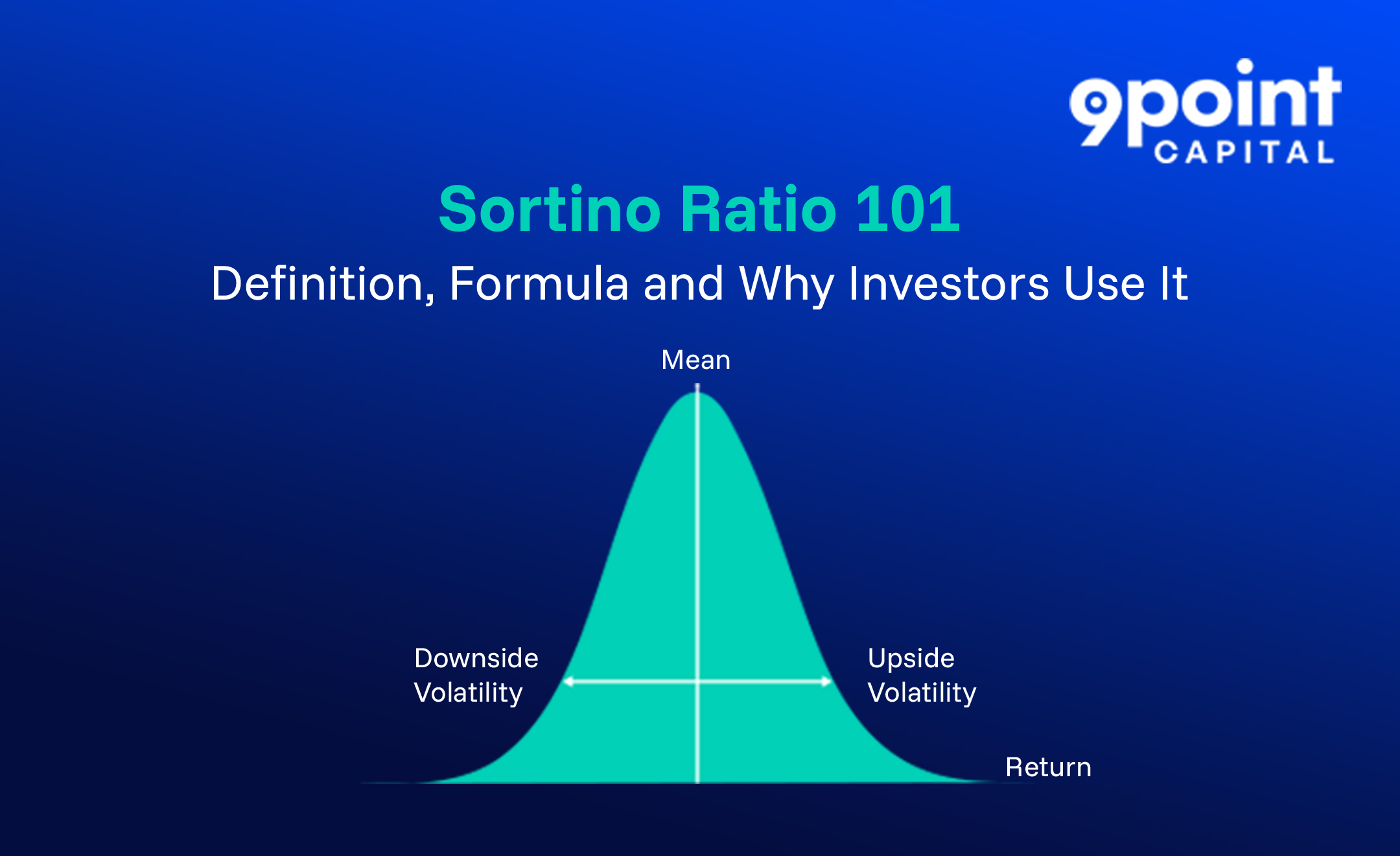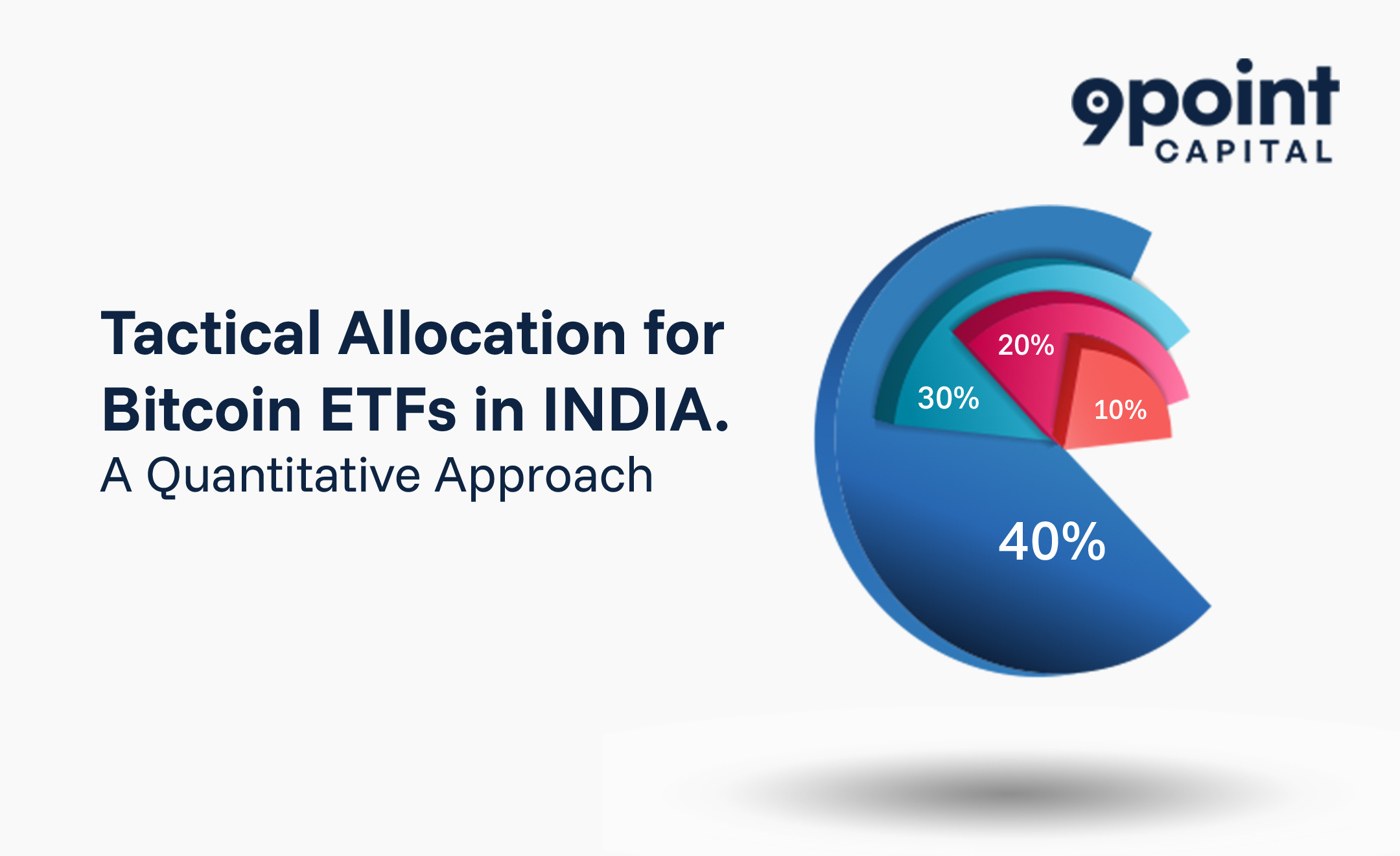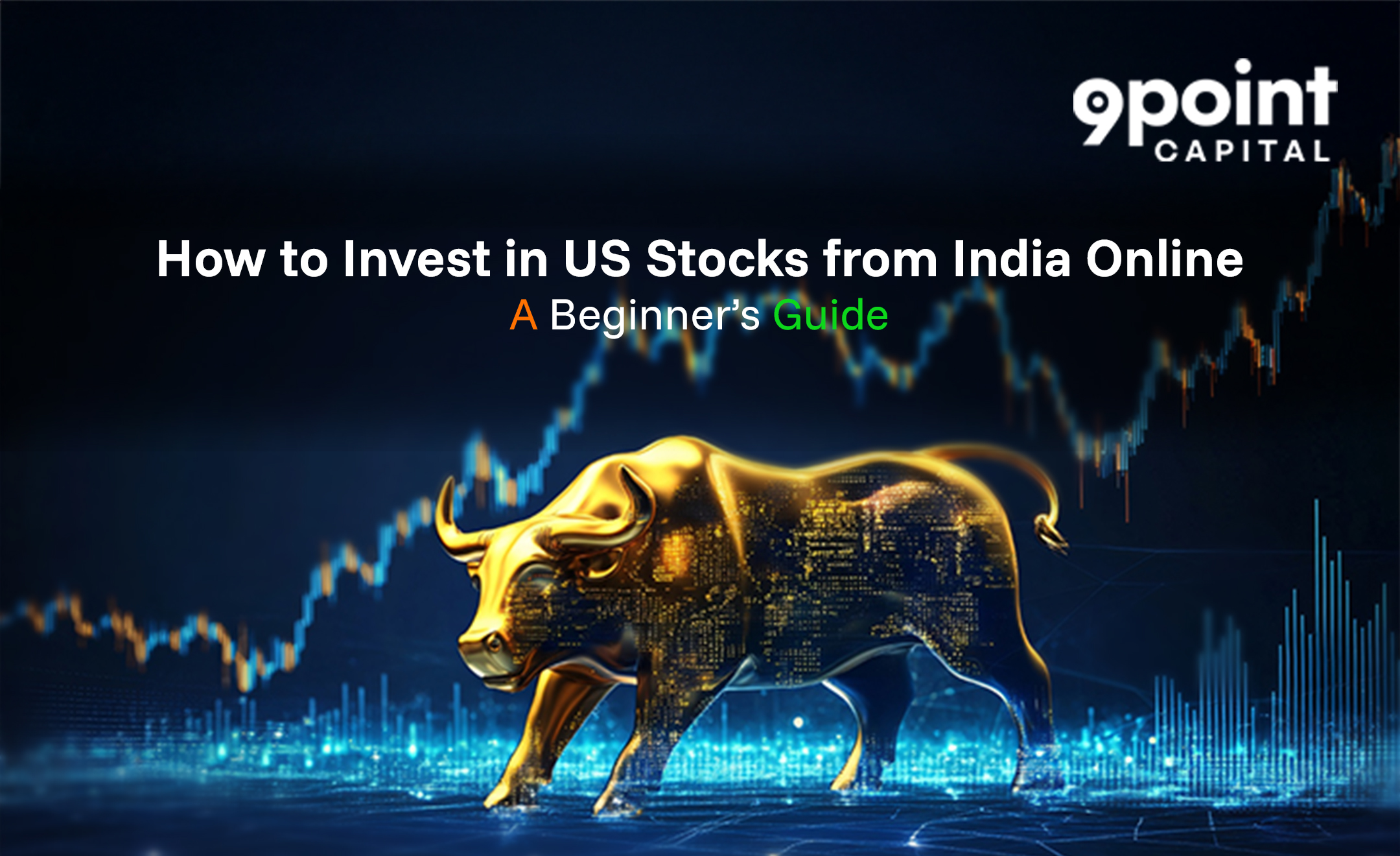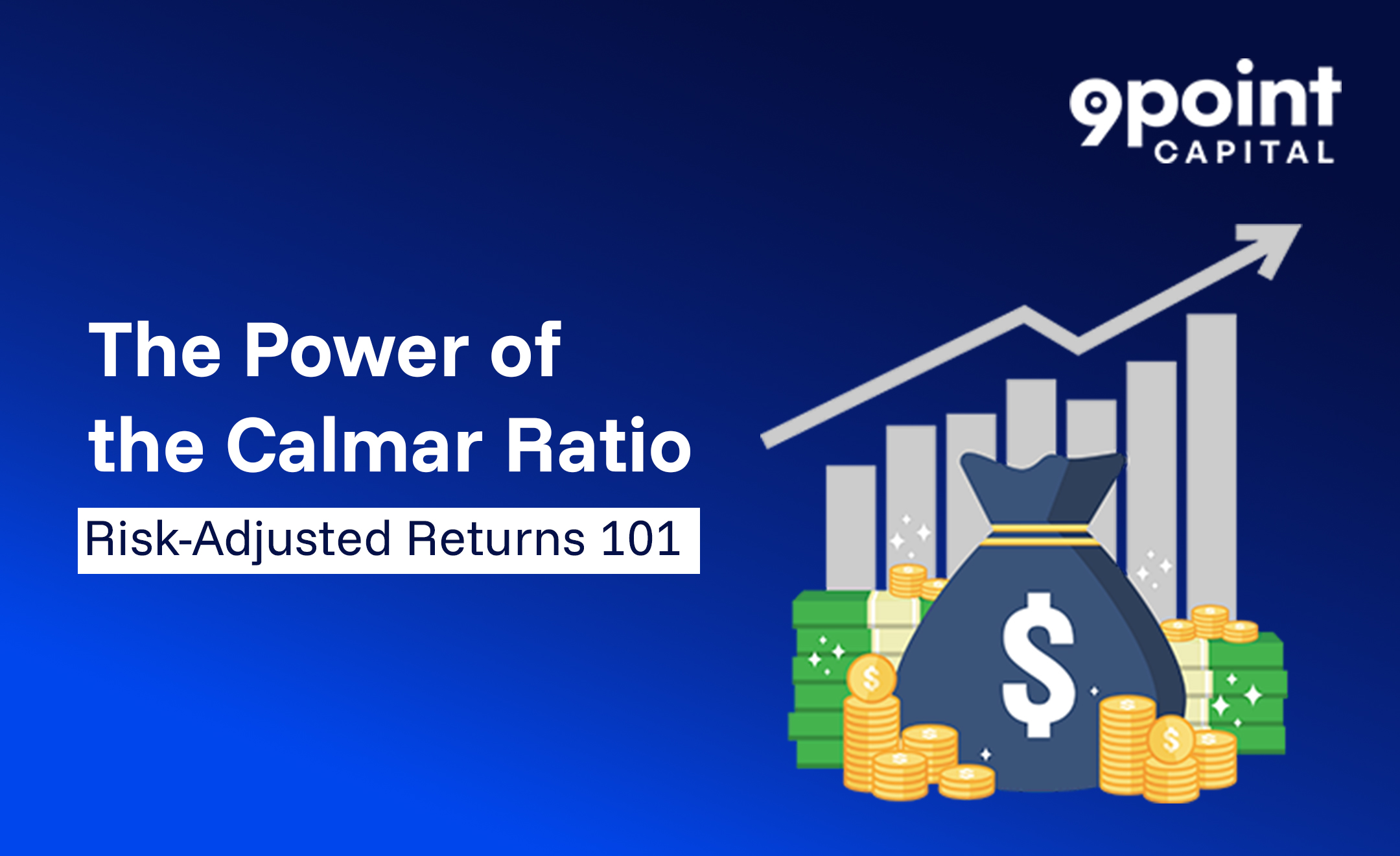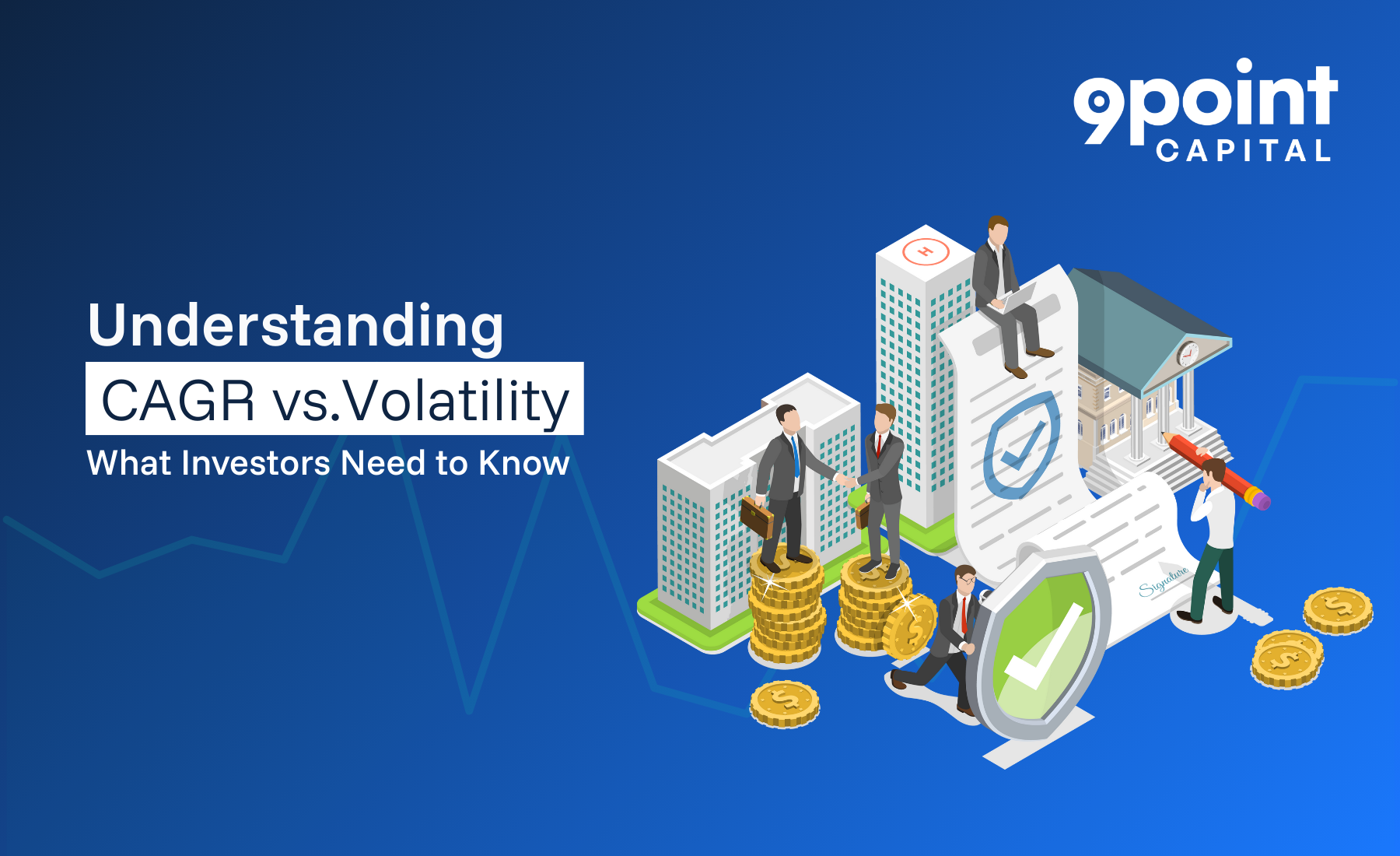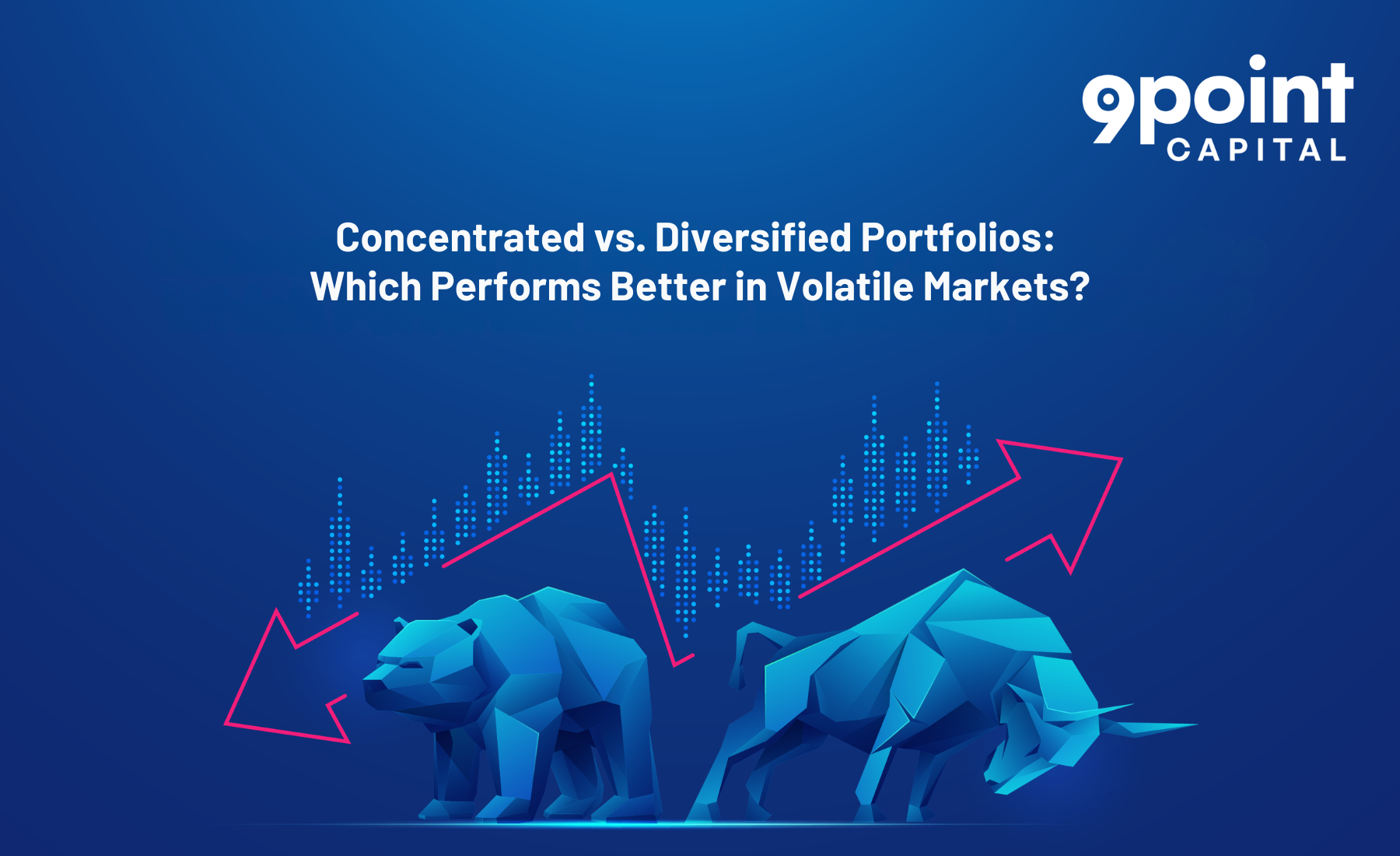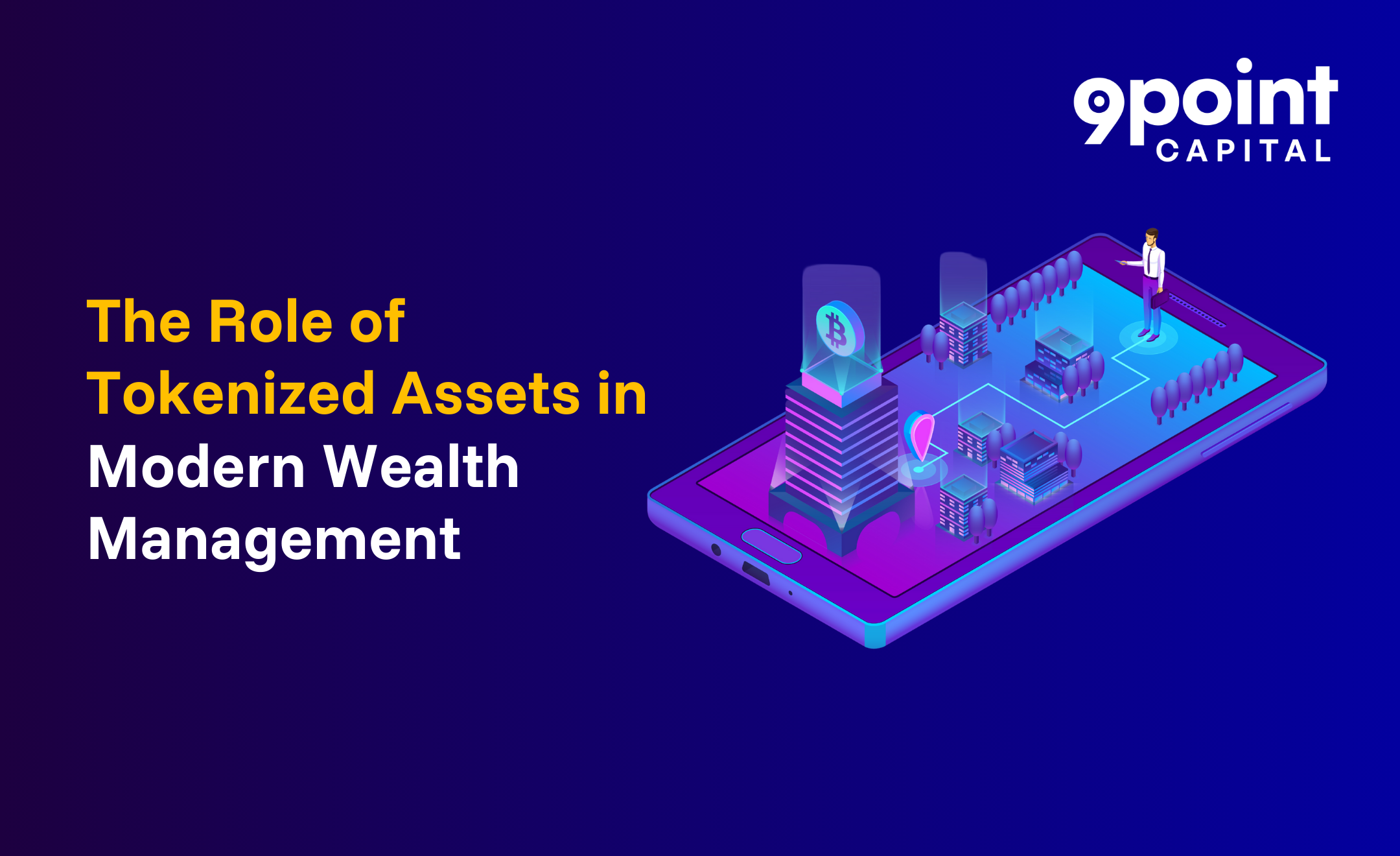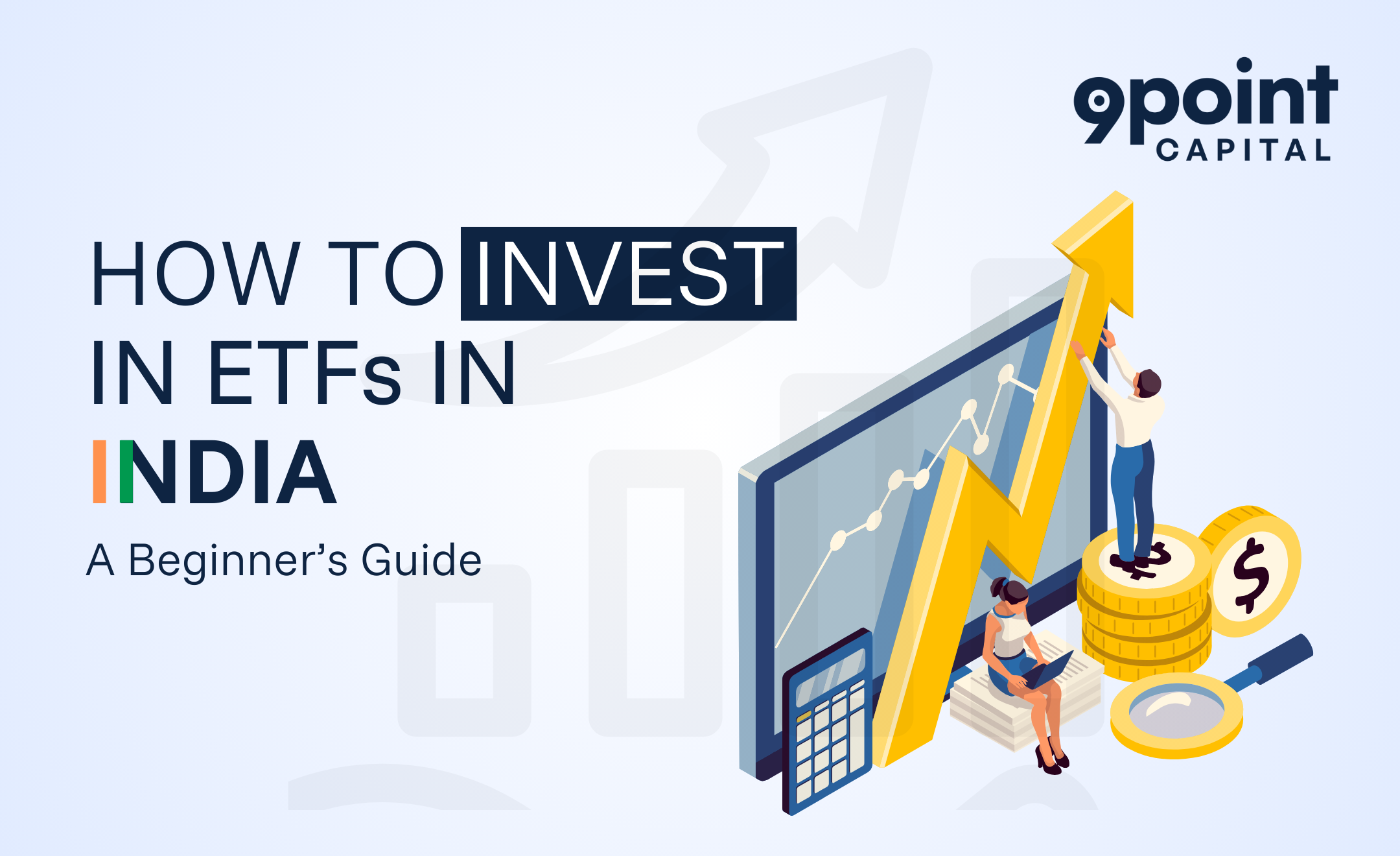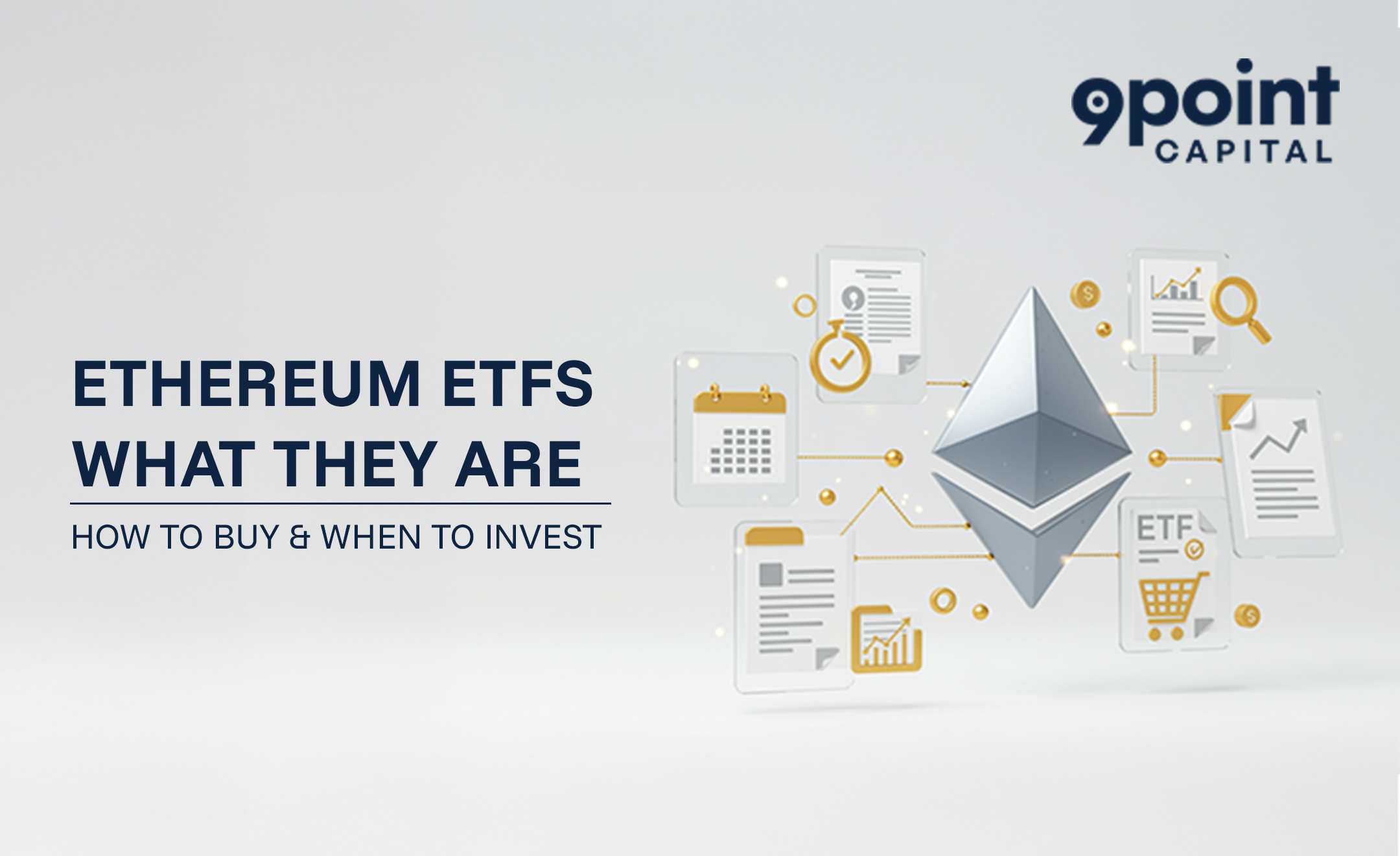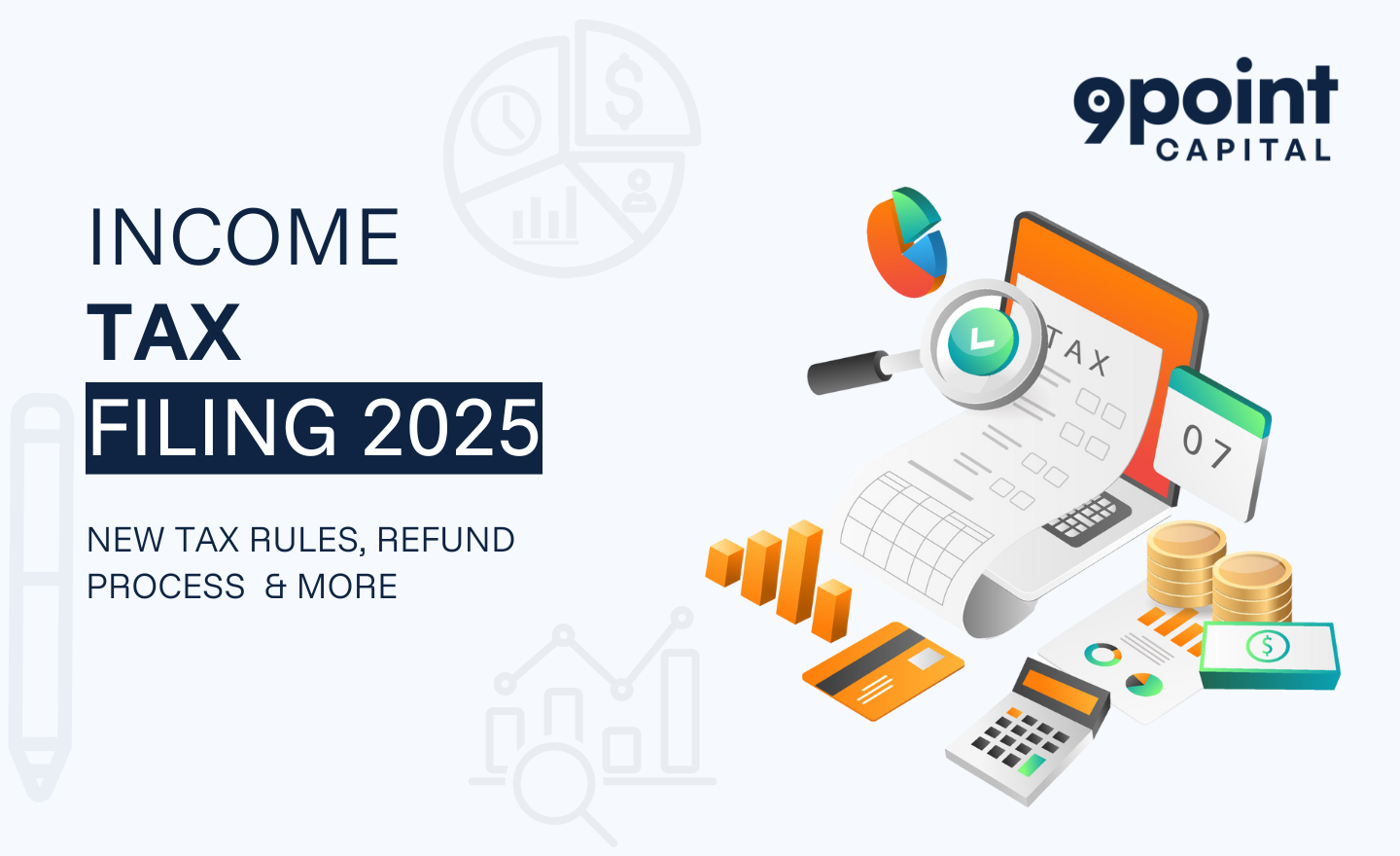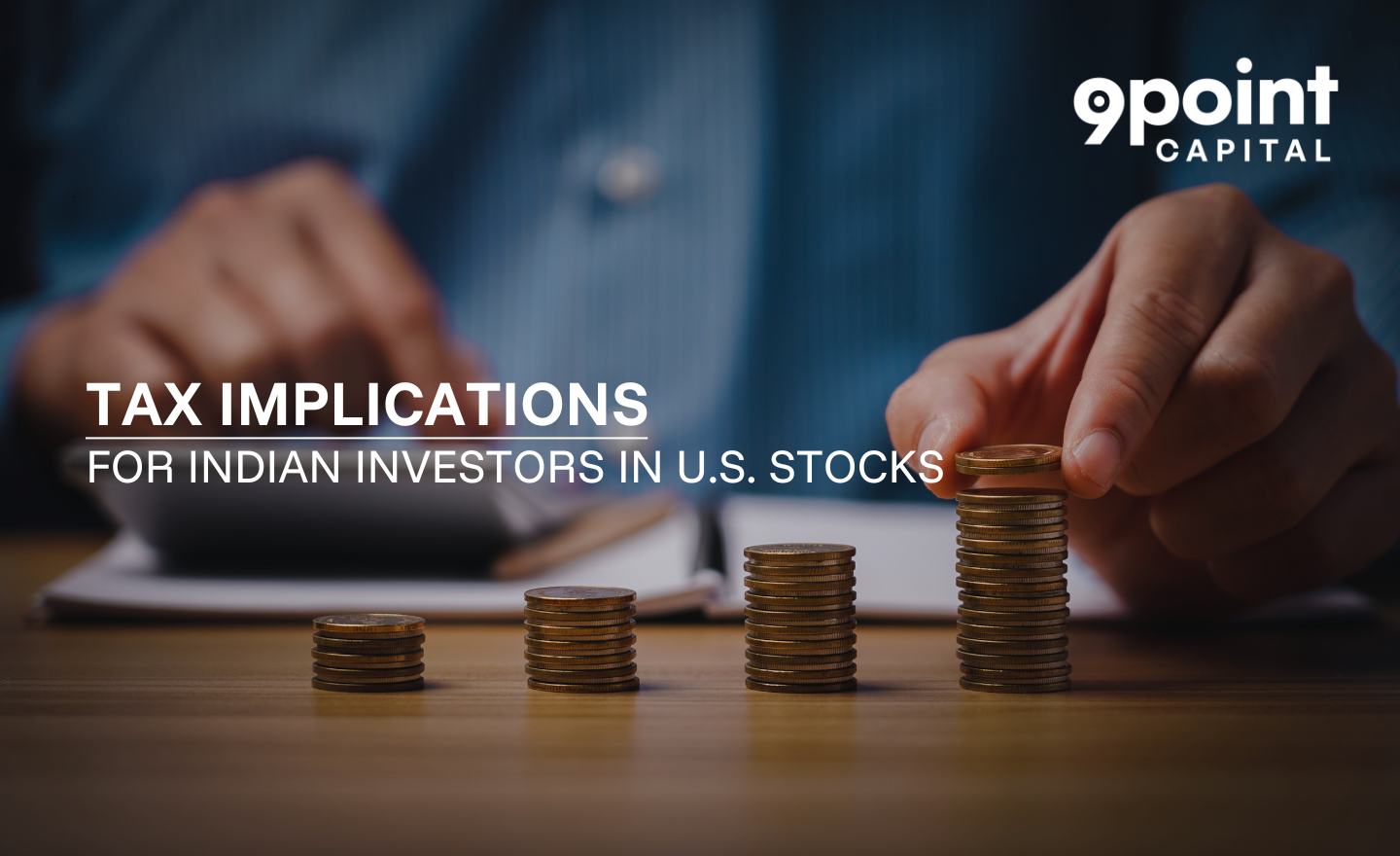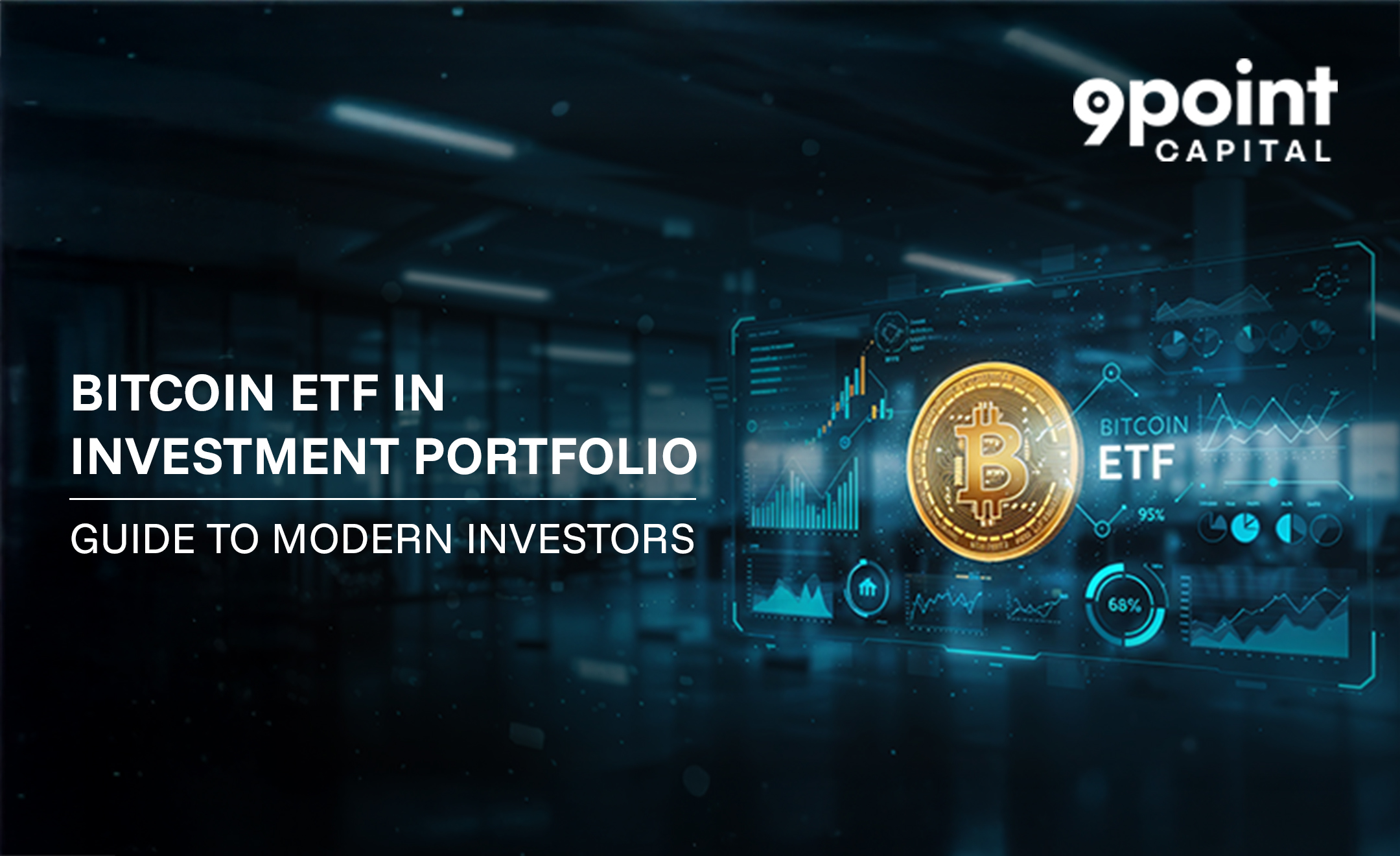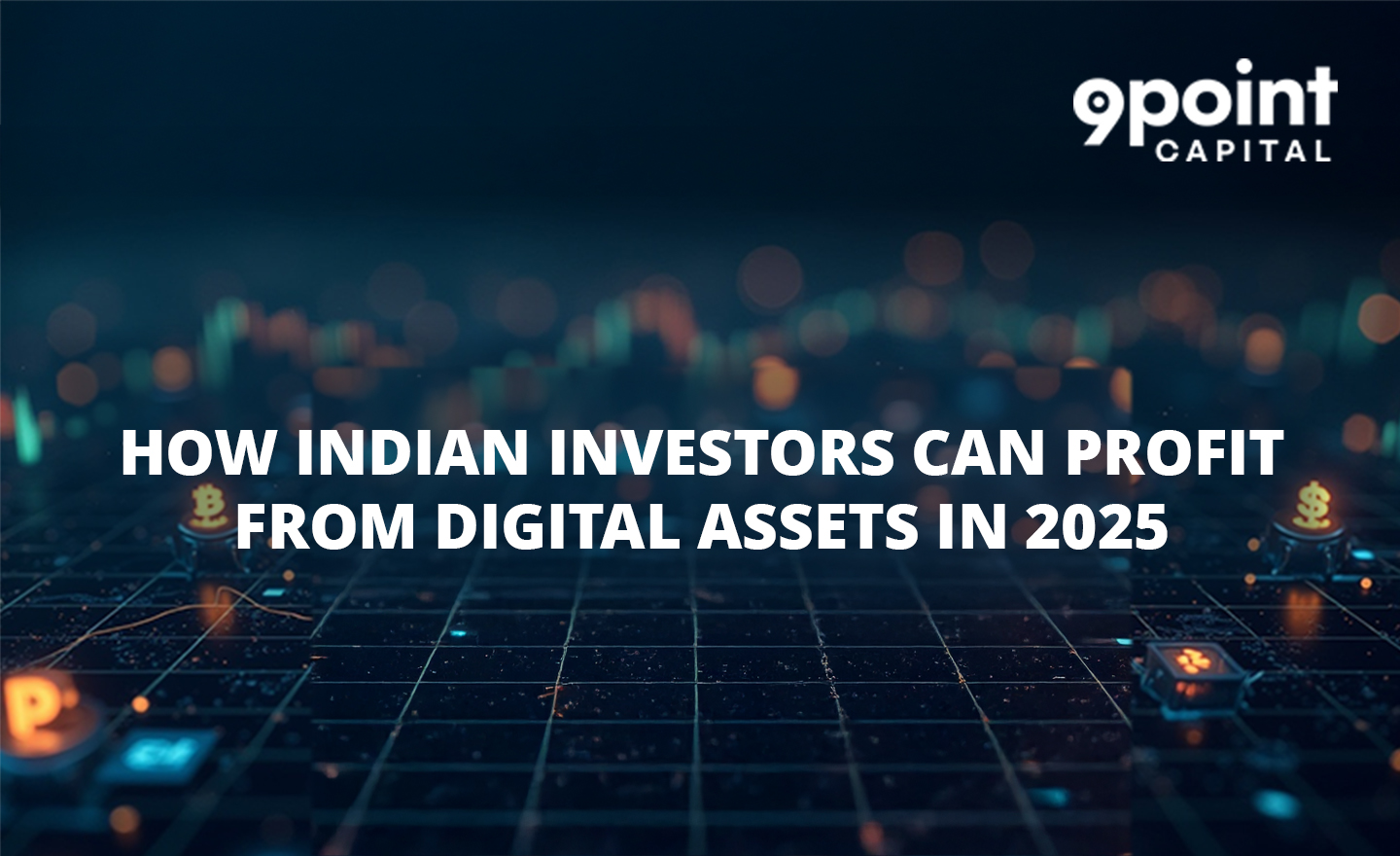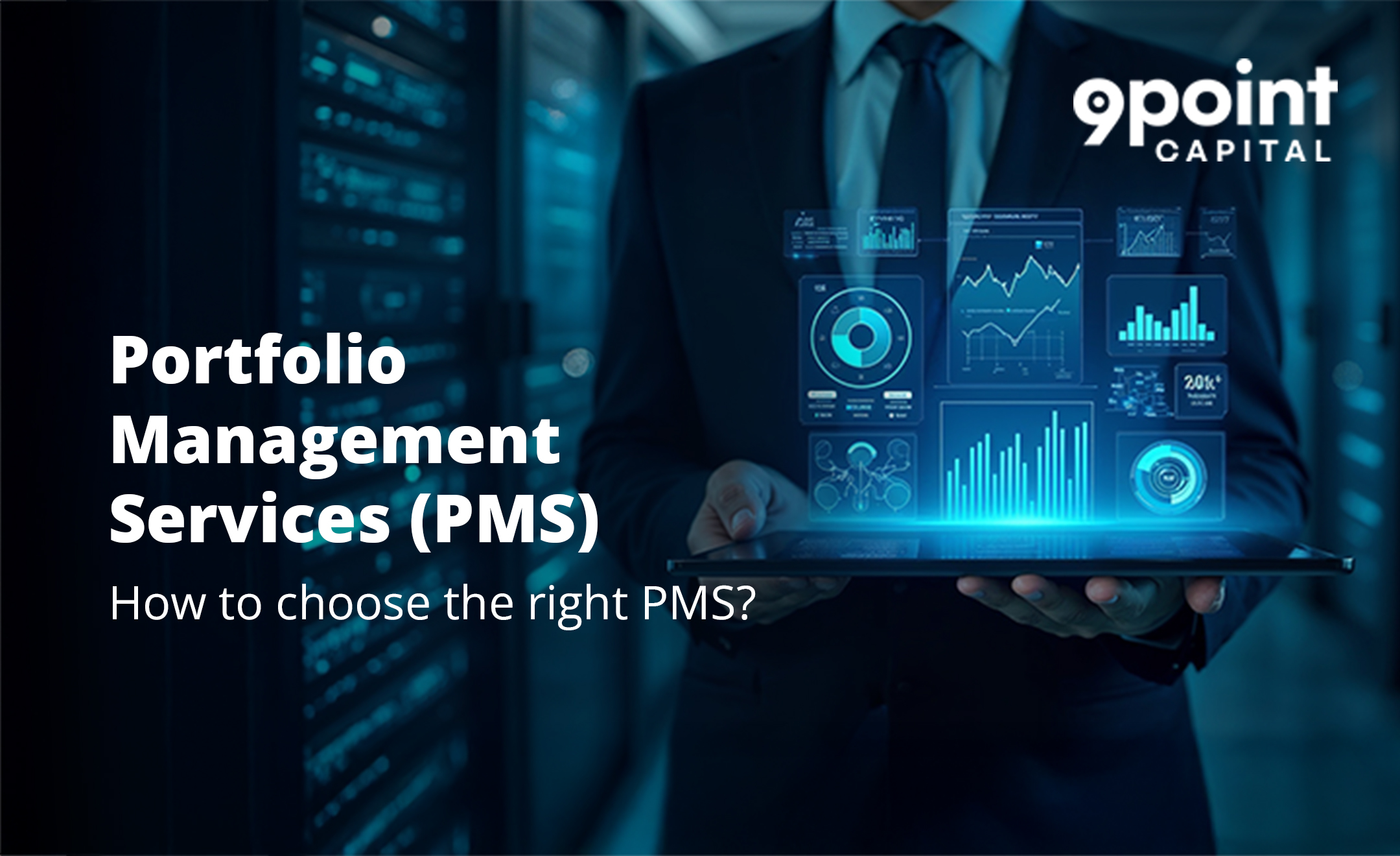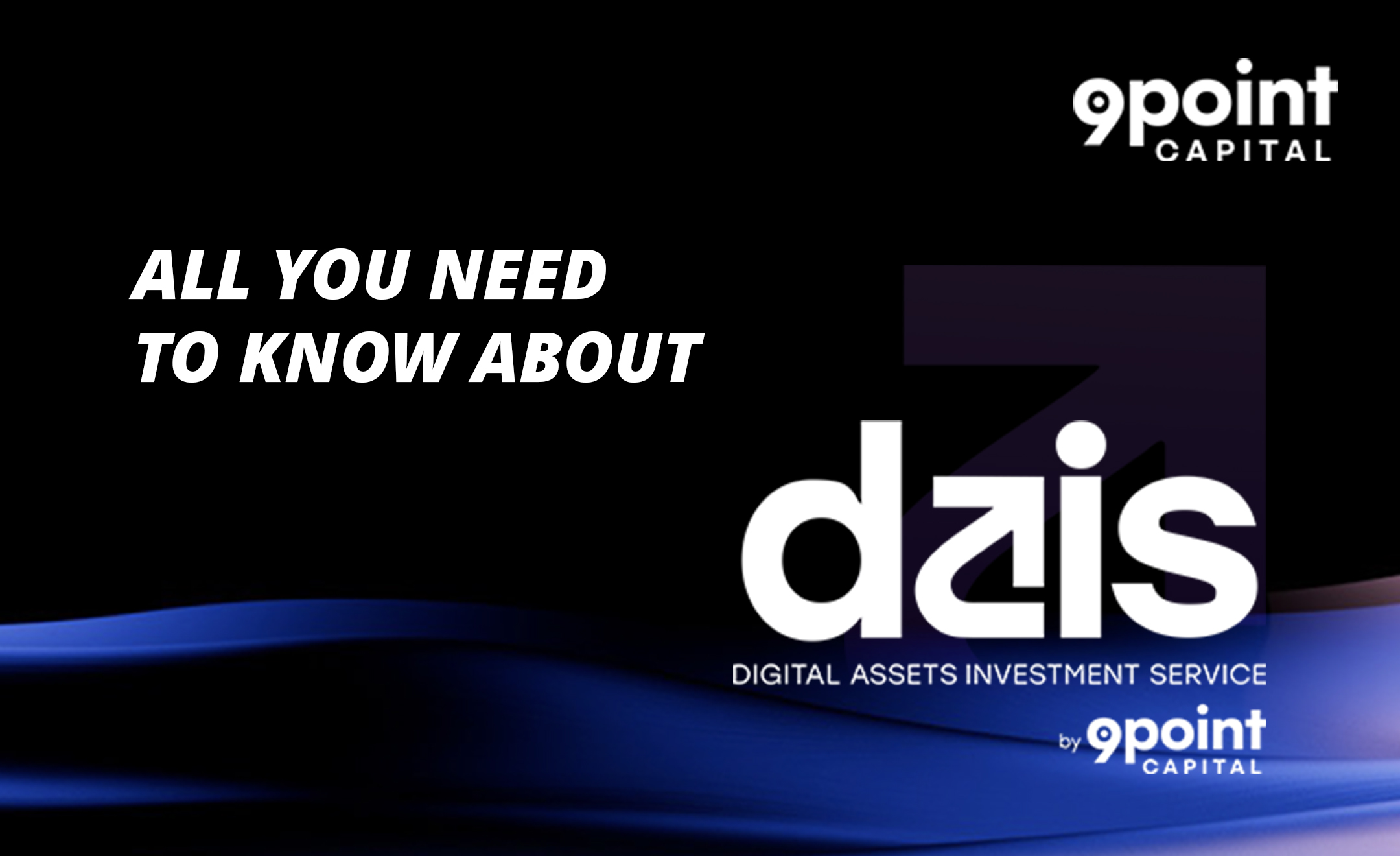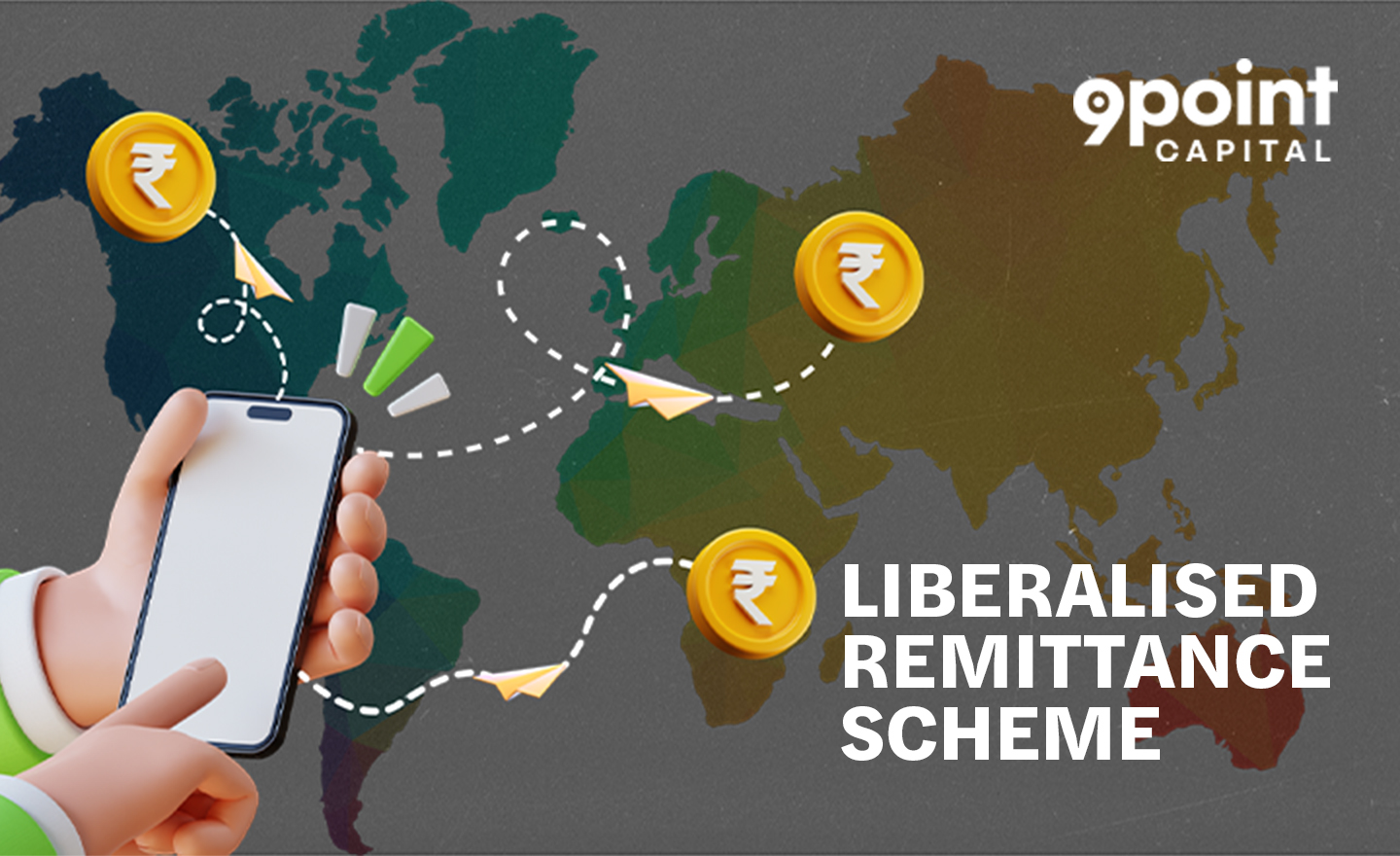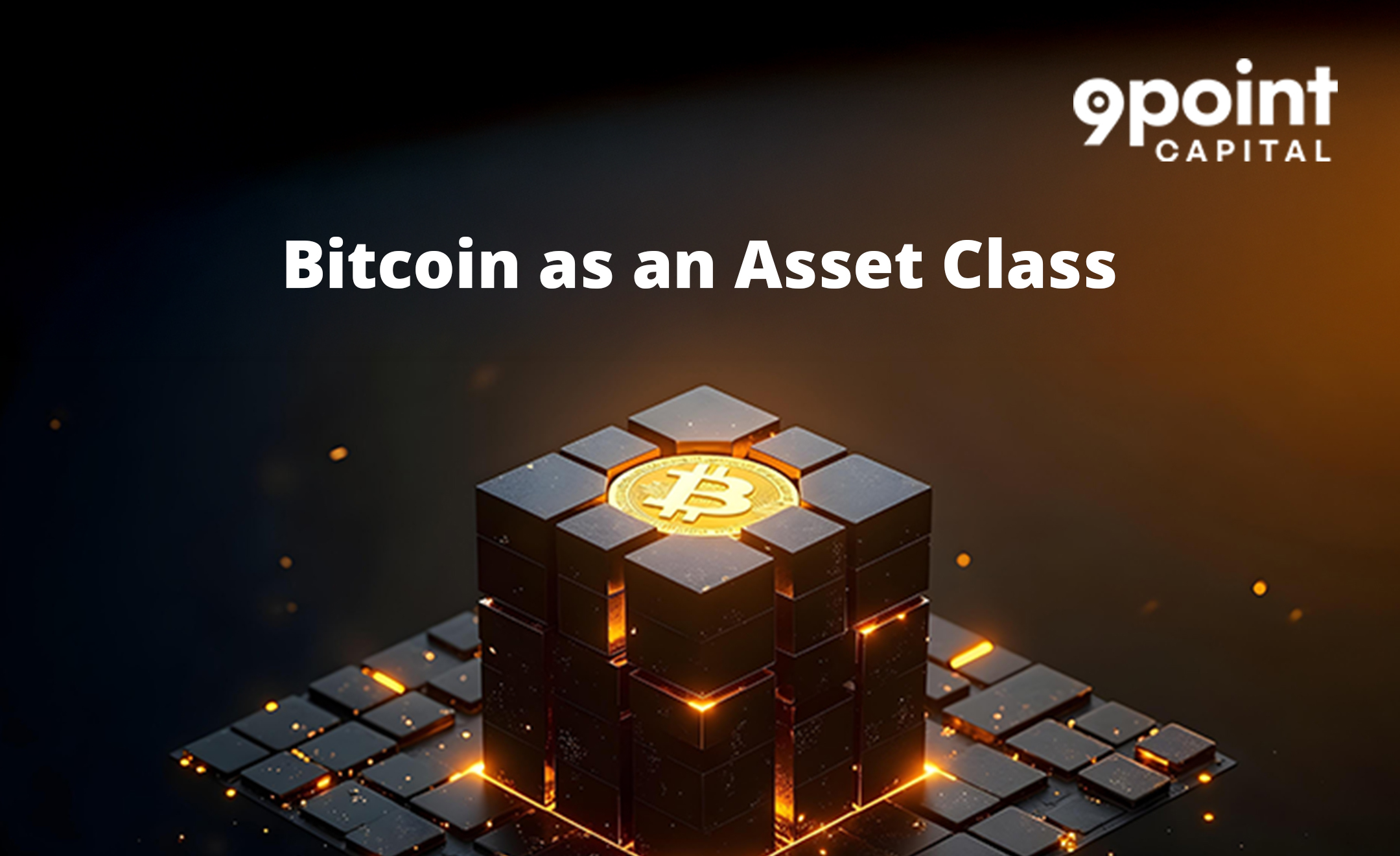In today’s financial markets, many investors invest in ETFs for smart, low-cost wealth building. However, as their popularity increases, one question is typically left behind: What is the true cost of investing in an ETF?
What is an ETF?
An Exchange-Traded Fund (ETF) is an investment that you can purchase a combination of assets such as stocks, bonds or commodities all in one package. It is somewhat like a mutual fund but is traded on the stock market like a standard stock. This feature gives them flexibility and liquidity, which are major advantages for those who invest in ETFs.
What is the Expense Ratio: The Silent Cost
The expense ratio of ETF is one of the most important cost metrics for anyone looking to invest in an ETF. It represents the annual fee that all ETFs charge their shareholders for managing the fund. Expressed as a percentage of assets under management (AUM), this cost typically covers services such as portfolio management, administrative functions, custodial support, legal compliance and audit-related expenses.
What Expense Ratio Means for Investors
The expense ratio is not directly charged to the investors but is taken from the fund’s assets on a daily basis. The deduction leads to a small, incremental decrease in the net asset value (NAV) of the ETF that eats into investment returns over time silently and therefore is referred to as a “silent cost.”
Typical Range and Factors Influencing It
Expense ratios vary widely depending on the type and complexity of the fund:
- Passive ETFs, which simply track a broad market index, usually have very low expense ratios, often between 0.03% and 0.20%.
- Actively managed ETFs tend to have higher fees, often in the range of 0.50% to 1.00% or more, due to the increased cost of research, analysis and trading activity.
- Sector-specific, thematic, or international ETFs may also have elevated expense ratios due to higher administrative and operational burdens.
Example of Cost Impact
If you put INR 1,00,000 into an ETF with an expense ratio of 0.50%, you pay INR 500 a year as fees. While that might seem small for one year, throughout a long investment timeline, the effect snowballs:
- In 10 years, that INR 500 a year can become INR 5,000 in costs alone, excluding the opportunity cost due to less compounding.
- An increased expense ratio of 0.75% would cost INR 7,500 over the same interval in the absence of any growth as well as contributions.
Why Expense Ratio Matters?
Expense ratios apply no matter how the ETF does, so they represent a certain cost that quietly eats into the returns. Even minute fee differences make a difference with long-term growth, particularly when they accrue over time. Lower expense ratios spare more of your investment profits.
Beyond the Expense Ratio: The True Cost of ETFs
Though popular for being cost-efficient, it is vital that one is aware that the expense ratio is not the only fee that is involved. A more comprehensive grasp of all the fees involved ensures more realistic calculations of expected outcomes.
- Bid-Ask Spread: The Unseen Transaction Cost: The bid-ask spread is the discrepancy between the price you get when you buy an ETF (ask price) and the price you receive when you sell it (bid price). It is a latent transactional cost, particularly for low-liquidity or specialized ETFs.
- Brokerage Fees: Fees range from zero up to substantial amounts per trade with some brokers. While most platforms now have commission-free ETFs, active traders should continue to monitor these possible costs.
- Tracking Error: Deviation from the Benchmark: Tracking error is the divergence of the fund’s performance from the performance of the underlying index that the fund is tracking. Tracking error arises due to fund structure and fees among other factors.
- Tax Implications: ETFs tend to be more tax-effective because of how they are structured. Nonetheless, investors can still face capital gain taxes in specific situations with actively managed ETFs.
These fees, though less obvious, can add up and influence the effectiveness of your investment plan.
Why Investors are Choosing ETFs
Investors go into ETFs for many reasons:
- Transparency: Holdings are disclosed daily.
- Liquidity: Is bought and sold within market hours.
- Cost-Effectiveness: Lower expense ratios than actively managed mutual funds.
- Diversification: One type of ETF provides access to dozens or even scores of stocks or bonds.
These aspects make it appealing for individuals wanting to invest in an ETF as part of their overall financial strategy.
ETFs and the Best Investment Plan
In the process of selecting the ideal investment scheme, ETFs become the go-to option for both new investors and veterans alike. They are favourable for straightforward inclusion in long-term growth-oriented portfolios as well as balanced portfolios.
For investors looking towards safe investments with superior returns in India, ETFs find a perfect balance between reward and risk when combined with market movements and personal objectives.
Leveraging 9Point Capital for ETF Investments
9Point Capital is changing the way of investing in ETFs using technology and deep financial intelligence. Leveraging smart investment backed by algorithms as well as portfolio intelligence, it is a lean and inexpensive investment strategy.
Perhaps most importantly, it presents clients with direct access into such key factors as expense ratios and the performance of the ETFs.
In Summary
As the financial environment changes, the growth of ETFs represents a turning point towards open and accessible investing. Investors are able to make sounder judgments and get the most out of their investments by monitoring the expense ratio, the charges on an ETF and other fees.
If you’re considering investing in an ETF, don’t forget to account for not only the apparent but the not-so-apparent costs. With reliable platforms such as 9Point Capital, investment plans that target safe return in India, ETFs might just become your path to the ideal investment scheme.
For a more detailed exploration of ETF, you can refer to 9Point Capital’s guide here: How to Invest in ETF in India: A Beginner’s Guide
